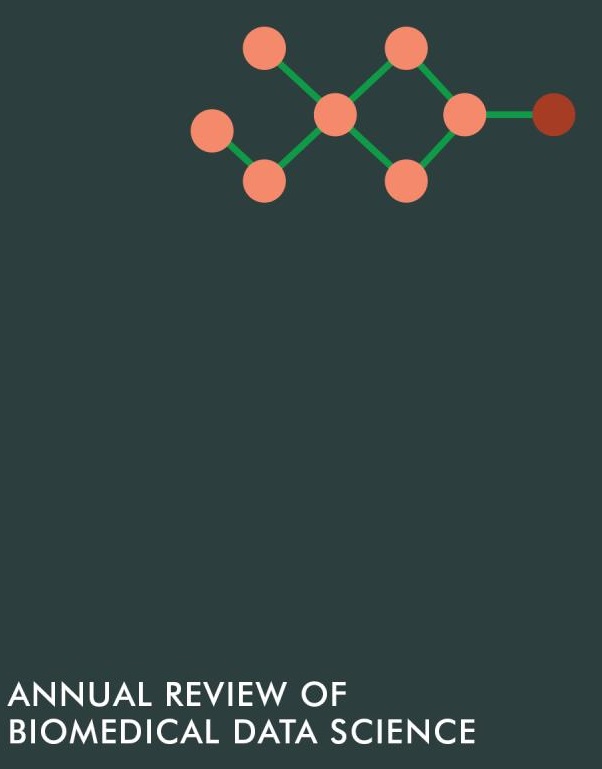Discovering Pathway and Cell Type Signatures in Transcriptomic Compendia with Machine Learning
IF 7
Q1 MATHEMATICAL & COMPUTATIONAL BIOLOGY
Annual Review of Biomedical Data Science
Pub Date : 2019-07-22
DOI:10.1146/ANNUREV-BIODATASCI-072018-021348
引用次数: 10
Abstract
Pathway and cell type signatures are patterns present in transcriptome data that are associated with biological processes or phenotypic consequences. These signatures result from specific cell type and pathway expression but can require large transcriptomic compendia to detect. Machine learning techniques can be powerful tools for signature discovery through their ability to provide accurate and interpretable results. In this review, we discuss various machine learning applications to extract pathway and cell type signatures from transcriptomic compendia. We focus on the biological motivations and interpretation for both supervised and unsupervised learning approaches in this setting. We consider recent advances, including deep learning, and their applications to expanding bulk and single-cell RNA data. As data and computational resources increase, there will be more opportunities for machine learning to aid in revealing biological signatures.利用机器学习发现转录组简编中的通路和细胞类型特征
通路和细胞类型特征是转录组数据中存在的与生物学过程或表型结果相关的模式。这些特征来自特定的细胞类型和途径表达,但可能需要大量的转录组药典来检测。机器学习技术通过其提供准确和可解释结果的能力,可以成为签名发现的强大工具。在这篇综述中,我们讨论了机器学习在从转录组药典中提取途径和细胞类型特征方面的各种应用。在这种情况下,我们关注监督和非监督学习方法的生物学动机和解释。我们考虑了包括深度学习在内的最新进展,以及它们在扩展大量和单细胞RNA数据方面的应用。随着数据和计算资源的增加,机器学习将有更多的机会来帮助揭示生物特征。
本文章由计算机程序翻译,如有差异,请以英文原文为准。
求助全文
约1分钟内获得全文
求助全文
来源期刊
CiteScore
11.10
自引率
1.70%
发文量
0
期刊介绍:
The Annual Review of Biomedical Data Science provides comprehensive expert reviews in biomedical data science, focusing on advanced methods to store, retrieve, analyze, and organize biomedical data and knowledge. The scope of the journal encompasses informatics, computational, artificial intelligence (AI), and statistical approaches to biomedical data, including the sub-fields of bioinformatics, computational biology, biomedical informatics, clinical and clinical research informatics, biostatistics, and imaging informatics. The mission of the journal is to identify both emerging and established areas of biomedical data science, and the leaders in these fields.

 求助内容:
求助内容: 应助结果提醒方式:
应助结果提醒方式:


